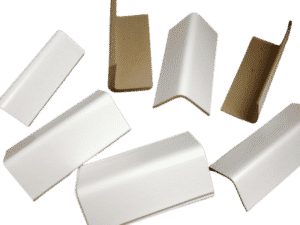Home » Boosting Product Protection During Transit with Edge Protectors
Boosting Product Protection During Transit with Edge Protectors
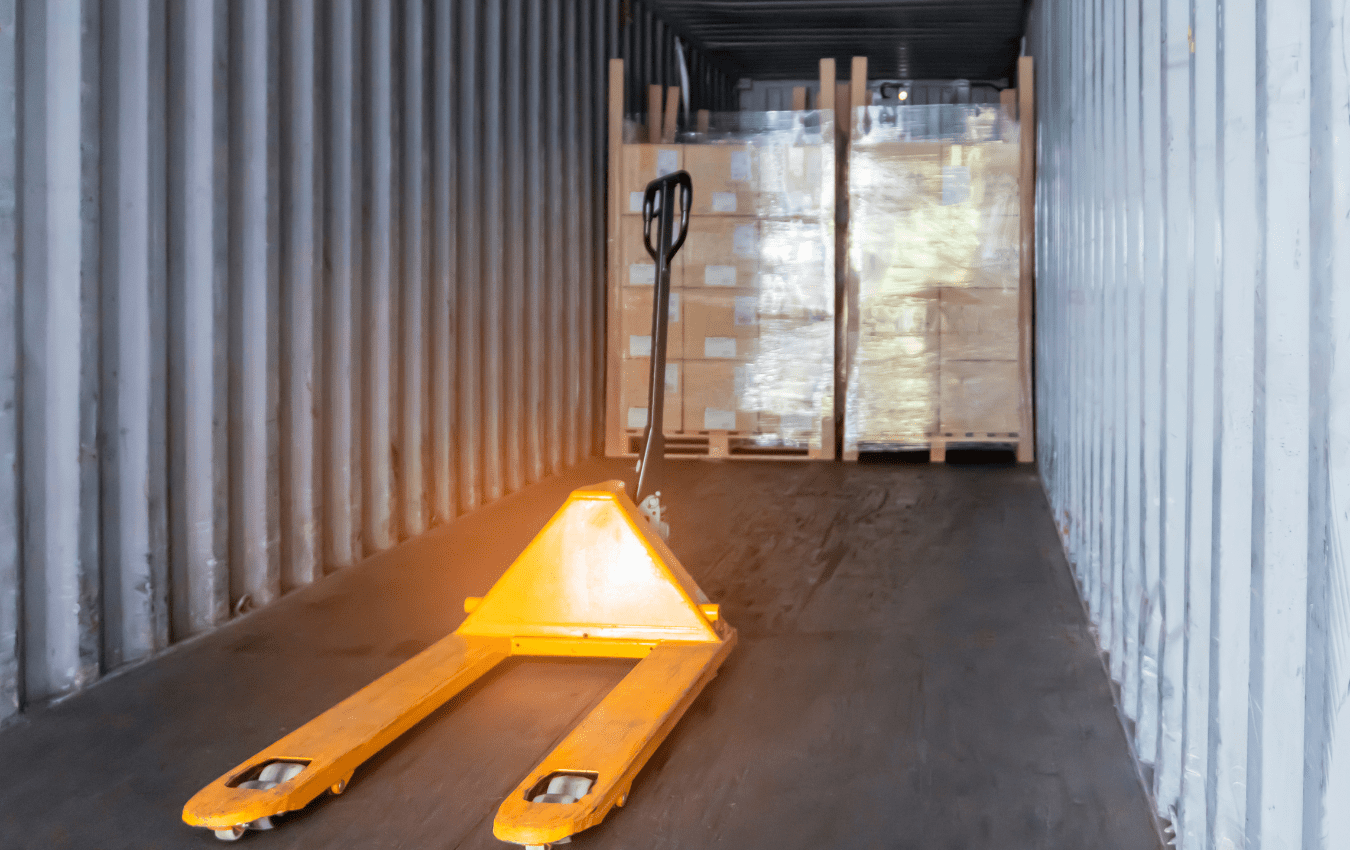
Shipping products safely and securely is a top priority for any business. During transit, packages are susceptible to various risks, including jostling, drops, and other forms of rough handling. As a business, minimizing product damage during shipping not only cuts down on replacement costs but also contributes to overall customer satisfaction.
One solution to improve product protection during transit is the use of edge protectors. Below, we will delve into the role of edge protectors, how they boost product protection during shipping, and how you can effectively incorporate them into your packaging strategy.
Understanding the Role of Edge Protectors
Edge protectors, also known as corner protectors or angle boards, are simple yet effective tools that are designed to safeguard the corners and edges of products during transportation and storage. These protectors, often made from sturdy materials like plastic, metal, or compressed recycled paper, can provide a significant improvement in package resilience.
Edge protectors are usually shaped in L, U, or O forms, with the main purpose of buffering vulnerable points on packages. This is particularly important for goods that have sharp or fragile edges, or for heavy items that can cause strain on packaging materials.
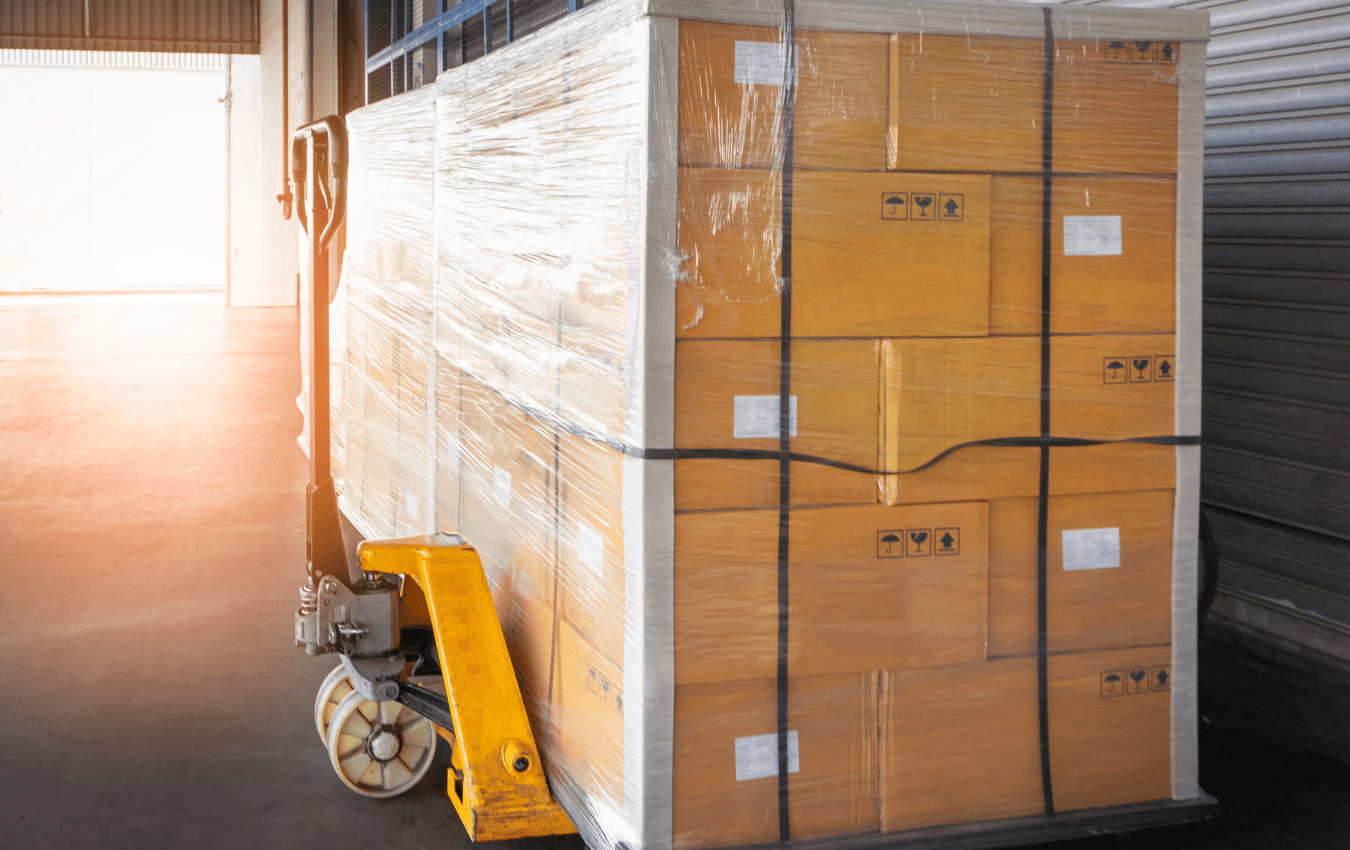
The Impact of Edge Protectors on Product Protection
The utility of edge protectors extends far beyond just protecting the corners of your products. Let’s explore how they boost product protection during transit.
Minimizing Physical Damage
Edge protectors act as a buffer, absorbing the impacts of sudden shocks or vibrations during transport. They significantly reduce the likelihood of chipping, cracking, or other forms of damage to the corners and edges of the items, which are usually the most vulnerable parts.
Improving Structural Integrity
Heavy products can put a lot of pressure on packaging materials, which can lead to deformation or tearing. Edge protectors help distribute this weight more evenly, enhancing the package’s structural integrity and resilience to external pressure.
Maximizing Load Stability
When stacking packages for transport, edge protectors enhance load stability, reducing the risk of packages toppling over. They can also help secure the load when stretch film or strapping is applied.
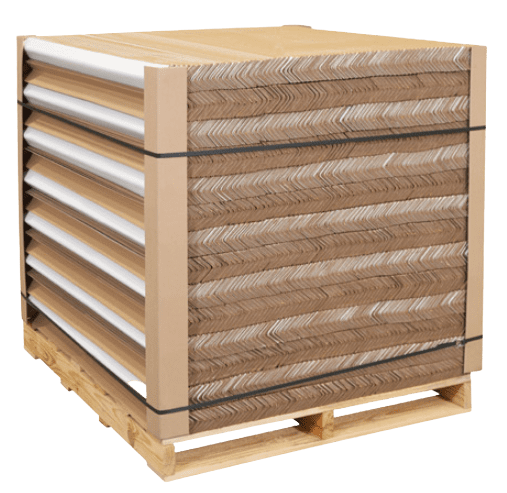
Choosing the Right Edge Protector for Your Needs
The variety of edge protectors available on the market allows businesses to choose the most suitable type based on their specific needs.
Material Considerations
The choice of material depends on the weight and fragility of your products, as well as the expected handling conditions during transit. Plastic edge protectors offer a higher level of protection and are water-resistant, making them suitable for heavy items and harsh conditions. On the other hand, paperboard edge protectors are environmentally friendly and cost-effective, ideal for light to medium weight items.
Size and Shape
The size and shape of the edge protector should correspond with the dimensions of your products. You’ll need to consider the thickness, width, and length of the edge protector to ensure it provides the necessary coverage and support.
Incorporating Edge Protectors into Your Packaging Strategy
Implementing edge protectors is a straightforward process that can greatly improve the safety of your products in transit.
- Identify Vulnerable Products: Begin by identifying products in your range that have sharp or fragile edges or that are heavy enough to put strain on packaging materials. These are the items that would benefit most from edge protectors.
- Choose Appropriate Edge Protectors: Based on the nature of your products and your shipping conditions, choose the appropriate type, size, and material of edge protectors.
- Train Your Packaging Team: Ensure your team understands the importance of edge protectors and knows how to apply them properly. Correct placement is crucial for maximizing the effectiveness of these tools.
- Quality Assurance Checks: Regularly inspect packages to ensure that the edge protectors are doing their job and that there isn’t any unnoticed damage.
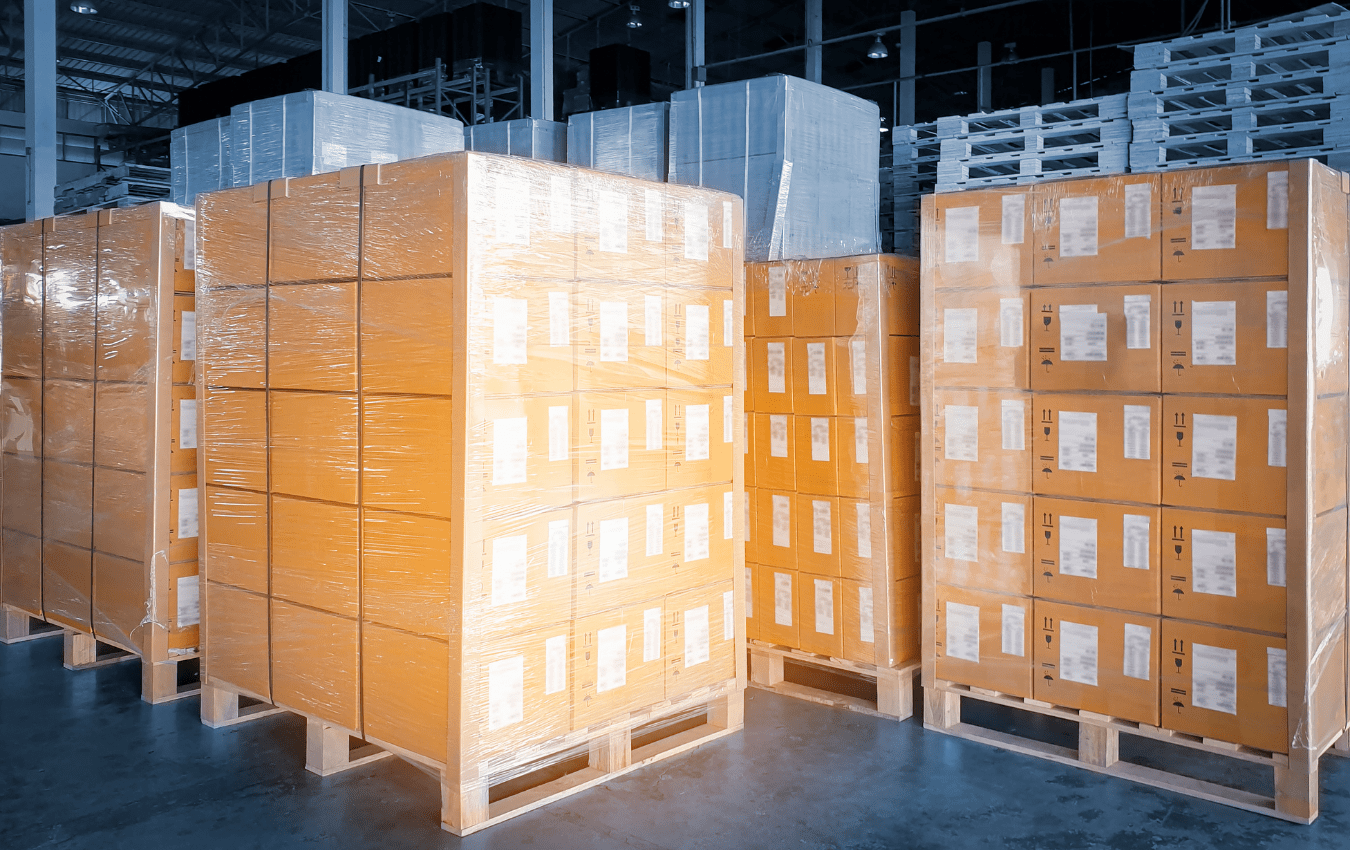
By incorporating edge protectors into your packaging strategy, you can significantly improve the safety of your products during transit. This, in turn, can reduce costs associated with damaged goods, enhance customer satisfaction, and uphold your brand’s reputation for quality and reliability.
If you are interested in edge protectors, then partner with Brown Packaging today to get started.
As tariff changes reshape global trade, packaging buyers moving production from China to the U.S. or nearshore regions face a new challenge: supplier qualification. Transitioning
With new tariff proposals and continued trade uncertainty, 2026 is shaping up to be another pivotal year for packaging sourcing strategy. Many companies that shifted
Following multiple rounds of tariff changes and trade policy adjustments, 2026 marks a turning point for U.S. packaging buyers. Many who previously transitioned from China
Shifting packaging production from China to the U.S. can help stabilize costs, reduce tariff exposure, and shorten lead times. But the transition process requires careful
RSC boxes are known for their efficiency and versatility, but their performance ultimately comes down to strength. Buyers often see numbers like ECT, BCT, and
In packaging, foam isn’t just about initial protection — it’s about maintaining performance over the entire shipping or storage cycle. Compression set and recovery characteristics
Home » Boosting Product Protection During Transit with Edge Protectors
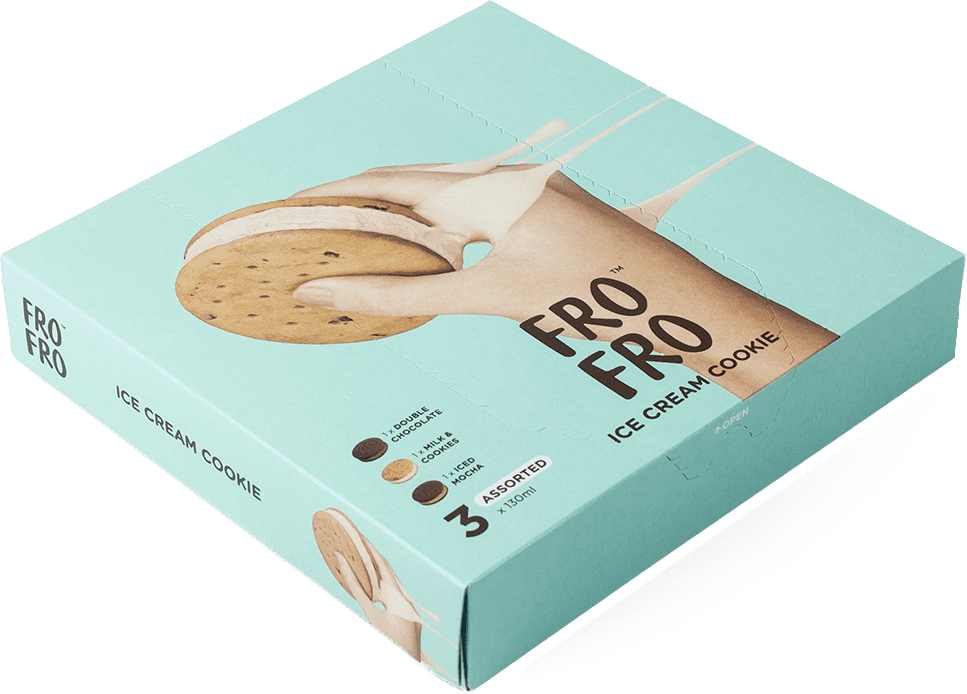
Score cracking—visible fiber breakage along a fold—can ruin a carton’s appearance, weaken its structure, and cause failures on automated lines. Understanding the causes and engineering

Effective packaging serves multiple purposes, including protecting products from dust, moisture, and tampering. These elements can compromise product quality, safety, and integrity during storage and

Selecting the right stretch film is essential for ensuring the stability, safety, and integrity of your products during storage and transit. Stretch film plays a


